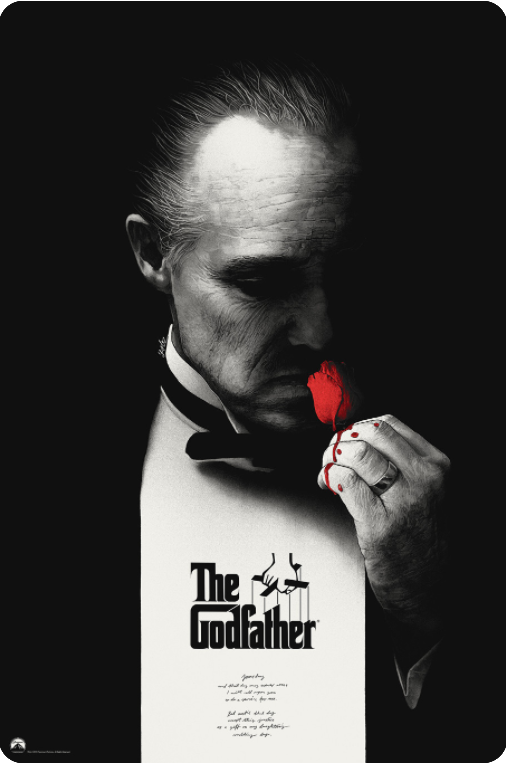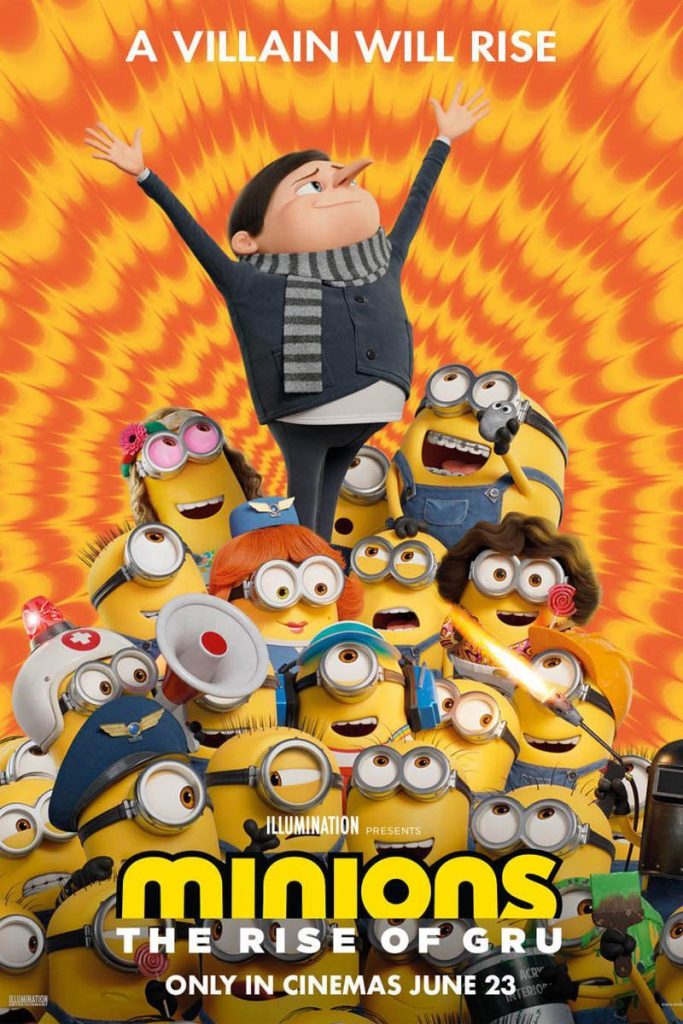The story is about an experiment on totalitarianism and dictatorship implemented by a teacher in his own class. In a high school campus in a small German town, a history teacher asks a question during a lesson on dictatorship: Is dictatorship still possible in contemporary society, and the students disagree. He named the class “The Wave” and directed them to create a unified slogan, a consistent greeting, and to wear the same style of clothing. After just three days, the class had established a high level of identification with their organization, and they were so united, exuberant and radical that all dissenting students were considered deviants. During a group fight with another class, the history teacher realized the seriousness of the situation and called the class into the auditorium to announce the end of the experiment and the dissolution of the organization. It was too late, however, when a fanatic student, disillusioned by his “beliefs,” had a nervous breakdown and shot and wounded a fellow student before killing himself. Gansel’s sustained thinking about the Nazi phenomenon is different from that of the average director, as his insights are as precise as those of a political scientist, not confused by appearances, and straight to the core.
I. The sense of ritual constructed in the film
The experimental students say, “These days are very interesting, it doesn’t matter who is the prettiest or who gets the best grades, the ‘wave’ has made us all equal. It didn’t matter where we came from, what we believed in, or our family environment; we were all part of a movement, and ‘The Wave’ gave our lives back meaning and gave us an ideal to fight for.” The word dictatorship, broken down, alone means self, alone; dictatorship means rule, right, in a dictatorship, a government formed by individuals or groups with great power, the ritual in the film is mainly reflected in the following aspects.
1. require each individual behavior within the constraints of the rules, follow the discipline set by the collective: the table row of must be two people sitting side by side, the provisions of good and bad students to help each other, to create the so-called personal equality; to the teacher on stage to shout the honorific – Wenger teacher; only get permission to speak, and the speaker must stand up; not willing to cooperate with these provisions to go; before class to do Uniform movements, relaxation exercises, uniform pace, collective strength, the board book “discipline forges strength”, “unity forges strength”; all meet with the right hand in front of the chest to make a wave is the unique gesture.
2. Uniform dress, everyone must wear a uniform – simple jeans, white shirt, those who do not wear it will be regarded as deviant and excluded from the group, because the uniform can exclude differences and individuality.
3. Symbolic design: The name of the group was Wave, and student Tim designed the logo – a black pistol in the middle of the red German word “Wave”. Some students put the group’s name on their myspace page and designed a unified logo (group logo) with a red wave, and at night assemblies students posted and sprayed the logo in various places to cover other group logos.
The students were so immersed in these “sugar-coated” words that they learned to comply, and even the teachers began to enjoy this sense of authority, not looking forward to the end of the experiment. But all this unification, the purpose is only one, that is, to make the individual to produce a special view of the collective, so that the individual to the collective sense of identity, identity, individuals will take the initiative to integrate into the collective life, to build a sense of ritual, ritual can create a sense of belonging.
Second, the magic of ritual
In the film, the design of a character called “Tim”. He is the son of a rich family, materially far better than others, but the family lacks warmth, weak character, is always bullied “”soft-tailed shrimp””, has been eager to integrate into the collective to get rid of loneliness. After the “Wave” was established, he was the first to respond to the call for “equality” and burned all his brand-name jerseys and shoes in the courtyard of his home. Through this collective, he felt his small ego was magnified and his self-worth was elevated, and he became more and more fanatical, but also more and more paranoid. He changed his usual cowardly image and even risked his life by spray-painting the “Wave” logo everywhere. However, when such a man, who had given his all and won the praise of others, suddenly found out that it was just a teaching scam, he was instantly devastated. Unable to accept the disbandment of the Wave, he pulled out a pistol, wounded a classmate, and then committed suicide by swallowing the gun. This tragic ending is very dramatic and makes the audience ponder.
In a collective, the emotions of individuals are easily manipulated, they are in a relatively small closed space, the opportunity to receive information from the outside world is narrowed, when the exposure to things are relatively consistent, people’s ability to think will be limited, will choose the majority of people support the theory, that is, the “spiral of silence” theory in communication theory When the majority has expressed its opinion, the minority will weaken its independence and choose to submit to the opinion of the absolute majority or simply choose to “silence” and become the lamb of obedience.
In contrast, the history of the Nazi fanaticism in World War I Germany, perhaps through this small experiment, we can peek into the background of the big era, the construction of rituals, symbolic design, so that the people of that period, what they saw in front of their eyes, what they heard in their ears, what they thought in their minds were the decision to support the Nazis, all thought that their own nation was the best, all fell into the false illusion built by Nazi militarism. So the question posed at the beginning of the film is: What made people enthusiastically join the totalitarian organization, even at the expense of their personal freedom? The film answers this question with the words of a Wave activist: totalitarian organizations provide the illusion of “equality”.
It is worth mentioning that the director Dennis Gansel based his adaptation on the original historical events. Therefore, the ending of the film script is different from the real historical events. The reason why Dennis Gansel changed the ending is that he believes that he, as a German filmmaker, has a sense of responsibility to warn the audience of the consequences of treating fascism as a child’s play. A good film is one that respects history, that glimpses the truth through facts, that reminds the world not to let the rules of the world extinguish their individuality, to lose their most precious ability to think, not to be the rabble of the world, not to be disciplined by the world, to have their own souls. Excellent filmmakers must also have a sense of the big picture and create powerful, life-affirming works.













